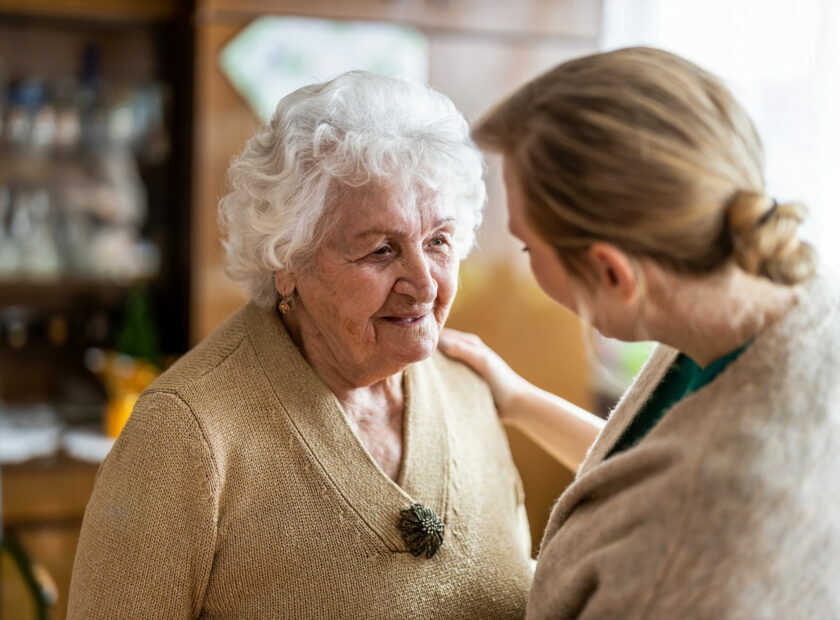In 2019, Hispanic Americans made up 9% of the older population in the country. By 2060, the percentage is projected to increase to 21%. Consistent with requirements of the Older Americans Act (OAA), emphasis was placed by local organizations on services to persons with the greatest social and economic need, including members of racial and ethnic minority groups. Among the older persons who received Title III OAA home and community-based services, 9.8% were Hispanic American according to a 2020 profile of Hispanic Americans age 65 and older (acl.gov).
Closer to home, here in NC, individuals who are ‘Hispanic or of Latino Origin’ comprise roughly 3% of the state’s 65+ age group. This broad category includes persons of Cuban, Mexican, Puerto Rican, South or Central American or other geographic origin regardless of race. This is the third largest racial/ethnic group in the state for this age group, following the ‘White’ (77.8%) and ‘Black or African American’ (16.8%) categories.
To meet the requirements of the OAA, Centralina Area Agency on Aging (Centralina AAA) spearheaded a variety of new collaborations to reach out to the underserved Hispanic older adult population in the region. This included hiring consultant Myra Green, a community health worker who is not only bi-lingual but is also an expert in services for older adults.
Centralina AAA Director Linda Miller said, “Myra has been a leader the Centralina region’s aging services network needed for decades. Myra has helped create and strengthen connections in the Spanish-speaking community and has supported Centralina AAA to make information and resources available in Spanish. We are excited to have her expertise so that we can better connect with underserved populations.”
One activity Centralina AAA engaged in with the intention of reaching older Hispanic adults was the Aging and Disability Vaccination Collaborative (ADVC), a grant Centralina AAA received from the U.S. Administration for Community Living to support flu and pneumonia education. Centralina AAA worked closely with Centralina’s Planning Department to identify areas of the region in greatest need. “The ADVC project was just the beginning,” explains Green, “as this connection with older Hispanic adults shed light on additional unmet needs of the underserved population.”
Centralina AAA then launched a media campaign specifically to educate Hispanic older adults about vaccines and other health-related issues. Part of this campaign included very successful call-in radio and television segments offering answers in Spanish from a local physician. Green elaborates further, “In addition to the need for community services, we identified that many older Hispanic and Latino individuals needed support and resources to overcome barriers and address their own issues.”
Outreach efforts across the region reached an estimated 1.3 million individuals and included:
- Billboards in Spanish promoting vaccine education;
- Educational classes and games for the Latino Group at Eastway Recreation Center;
- Fall prevention education programs in Spanish;
- Collaboration with Samaritan’s Feet, Age-Friendly Mecklenburg, Latin American Coalition, Columbian Club-El Puente Hispano in Cabarrus County, local health departments, housing authorities and faith communities; and
- Flu vaccines were provided to 382 Hispanic older adults across the region.
In closing, Green suggests that Centralina AAA continue efforts to identify and meet the needs of older Hispanic adults in our region and emphasizes the importance of creative interventions to make these critical connections with agencies and the older Hispanic adults they serve.
More specific demographic information about older adults for the entire state and each county can be located at North Carolina Aging Profiles 2022 (ncdhhs.gov).





